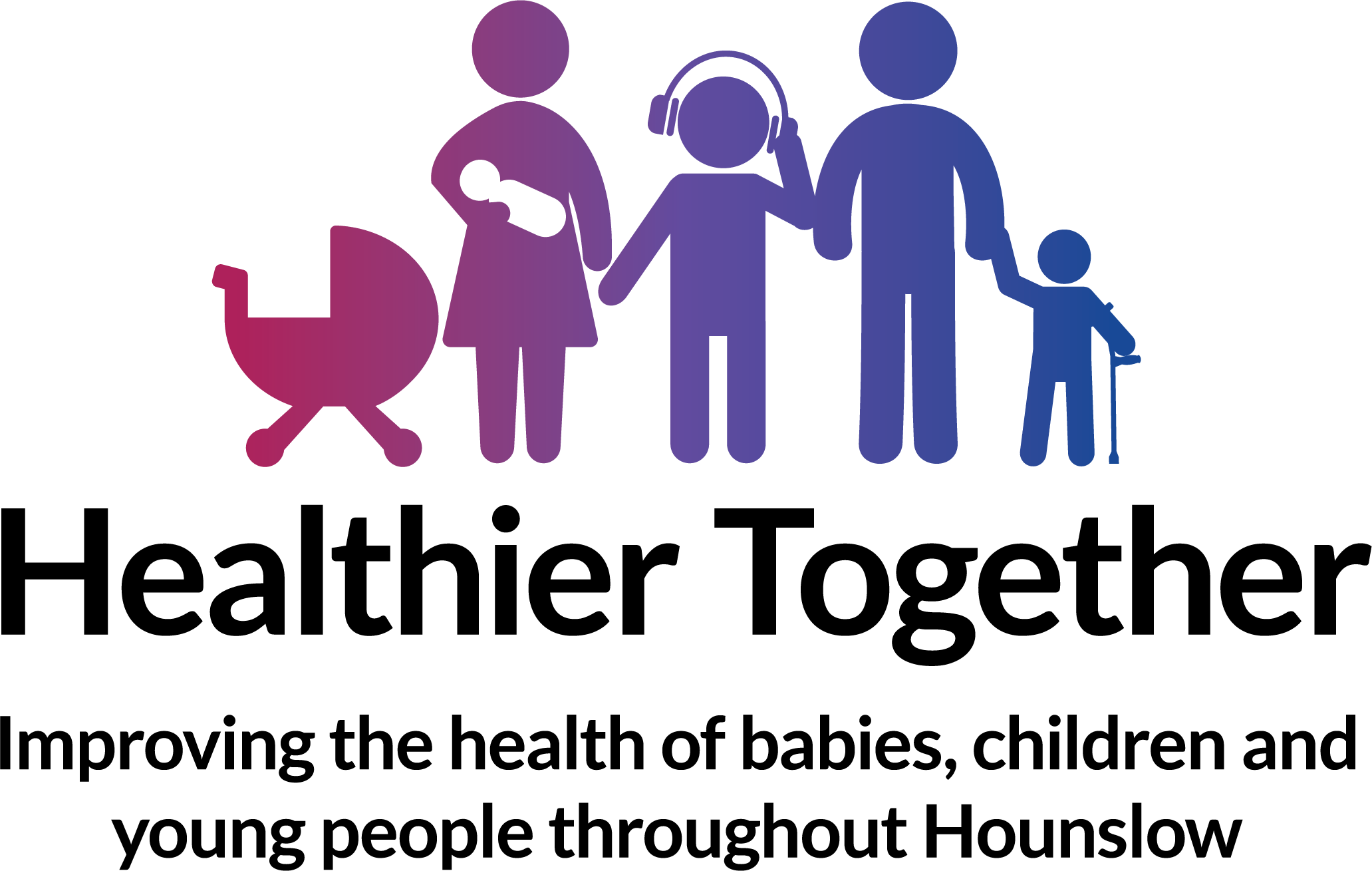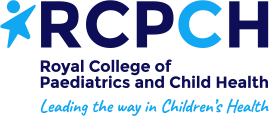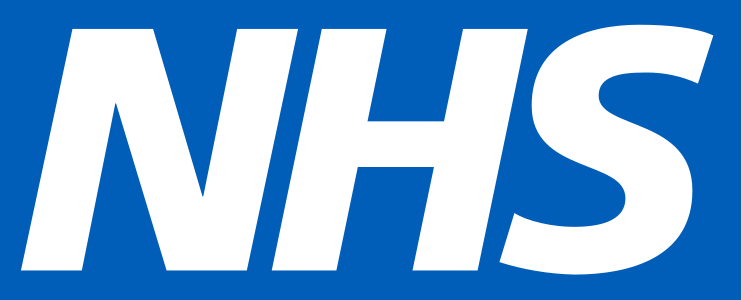Milk free diet for breastfeeding mums
This dietary advice gives general information to help you make the recommended changes to your diet while you are breast feeding and while your child requires a cow’s milk free diet. If you need more detailed advice, please ask your doctor to refer you to a Dietitian for advice on your diet.
Breast feeding is best for your baby. Unfortunately, the cow’s milk protein you eat can pass through to your breast milk. This means that your baby can be exposed to cow’s milk protein from your breast milk if you ingest cow’s milk and cow’s milk products.
Occasionally, breast fed babies can react to milk proteins transferred in breast milk from the mother’s diet. If your baby reacts to cow's milk proteins in your breast milk, you will be advised to avoid milk (dairy) whilst breastfeeding. This is usually done as a trial for between 4 to 6 weeks to see if your baby’s symptoms improve. If they do not, and you were following the diet strictly, you can return to your normal diet. If your baby's symptoms improve whilst you are on a cow's milk free diet, you would be asked to reintroduce cow's milk back into diet after 4-6 weeks (Home challenge) to check for any return of symptoms. Should there be return of symptoms on home challenge, non-IgE milk allergy is confirmed.
If your baby develops symptoms only on introduction of cow's milk in weaning/cow's milk containing feed (infant formulas), we encourage you to return to full breast feeding, and start milk free weaning. It is important to remember that if your baby does not have any symptoms on breast feed, while you (mother) are consuming cow's milk, you can continue to consume cow's milk containing foods in your diet, and initiate cow’s milk free weaning.
A small proportion of milk allergic children may also react to soya proteins in which case this also needs to be avoided in maternal milk.
If you have any other allergies or medical conditions, please seek further advice.
It is important for you to have a milk free diet- please check food labels and avoid products containing “Milk”.
Suitable alternatives to cow's milk are Calcium enriched soya milk, oat milk, nut milks (cashew, almond, hazelnuts), pea, coconut, hemp milk etc.

Ingredients to watch out for on labels:
Milk and milk products will be indicated and 'milk' in bold on the ingredient list, check the labels.
Calcium and Vitamin D
- When breast feeding, you require approximately 1250 mg of calcium per day. This can be difficult to obtain from your diet when you are avoiding cow’s milk and cow’s milk products.
- To achieve a sufficient intake it is important that you try to use a calcium enriched cow’s milk substitute (for example soya drink, oat drink, rice drink, nut drink, hemp drink) and include non-dairy sources of calcium in your diet.
- Other mammalian milks such as goat milk and sheep milk and their products contain proteins similar to cow’s milk and should also be avoided.
- It may also be advisable for you to take a calcium supplement (1000 mg/day), please discuss this with your doctor.
- The Department of Health recommends that all breast-feeding mums take a 10µg Vitamin D supplement which can be obtained from pharmacies or health food shops.
Calcium content of foods

Example of how to meet 1250 mg Calcium per day



